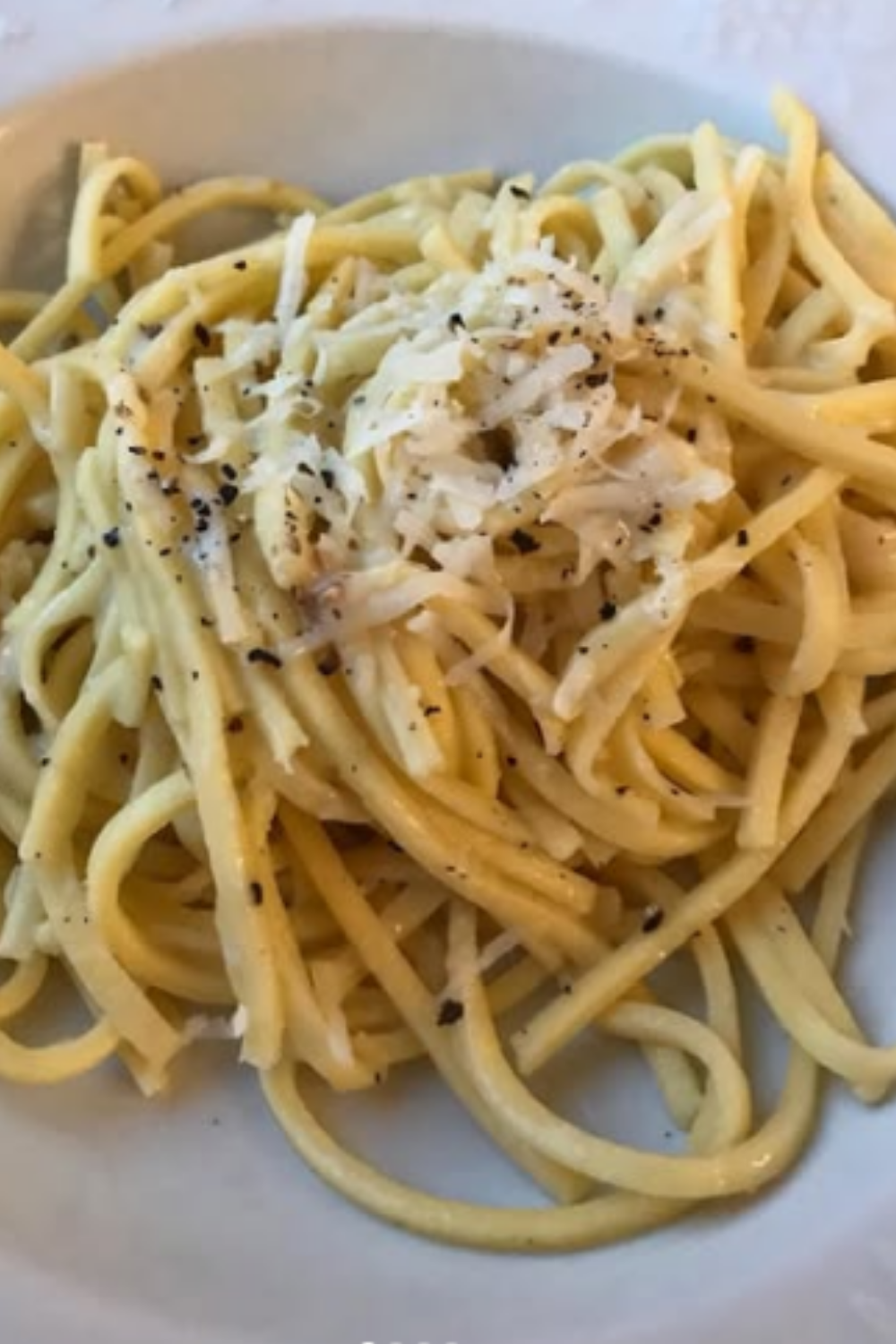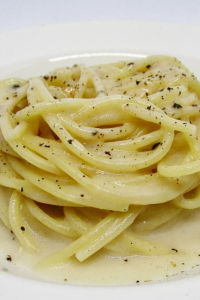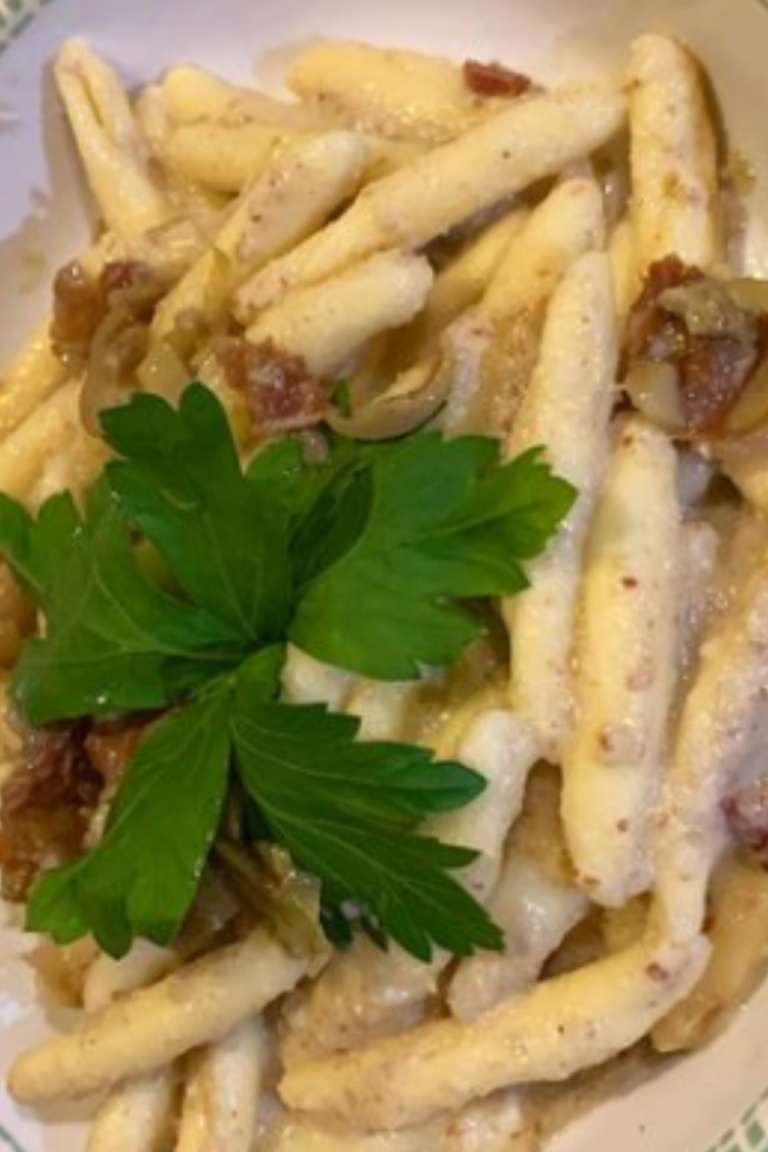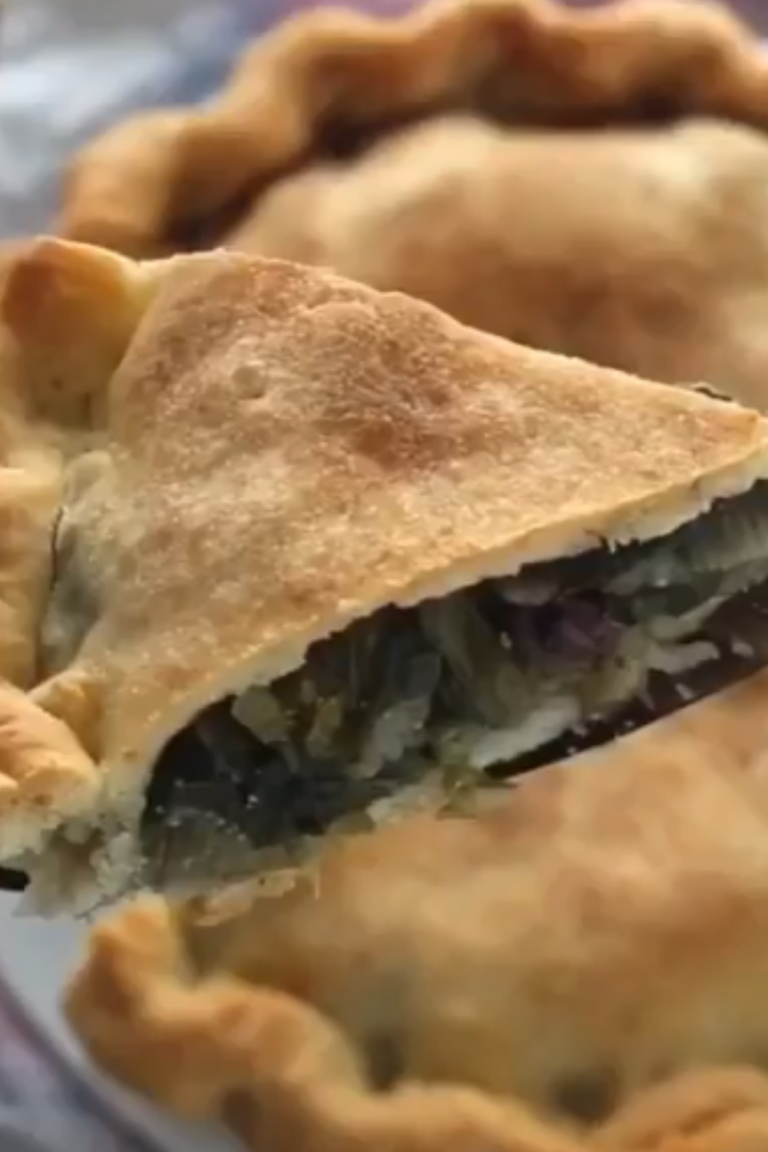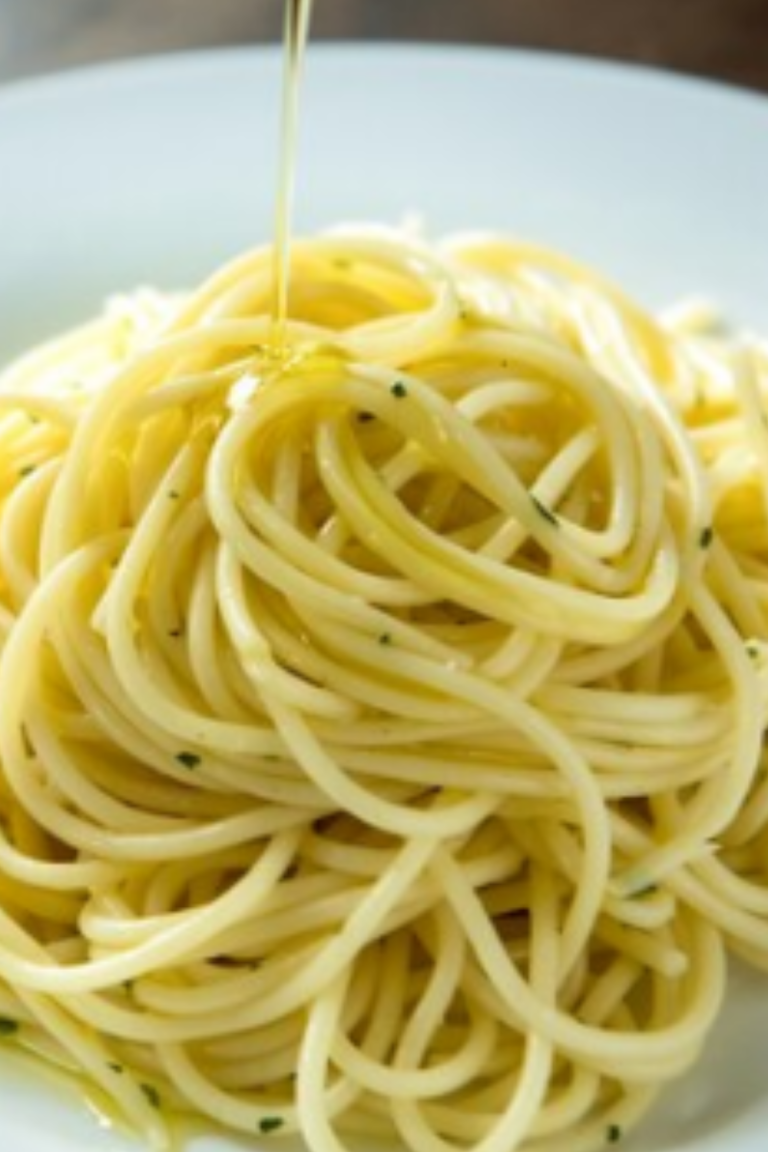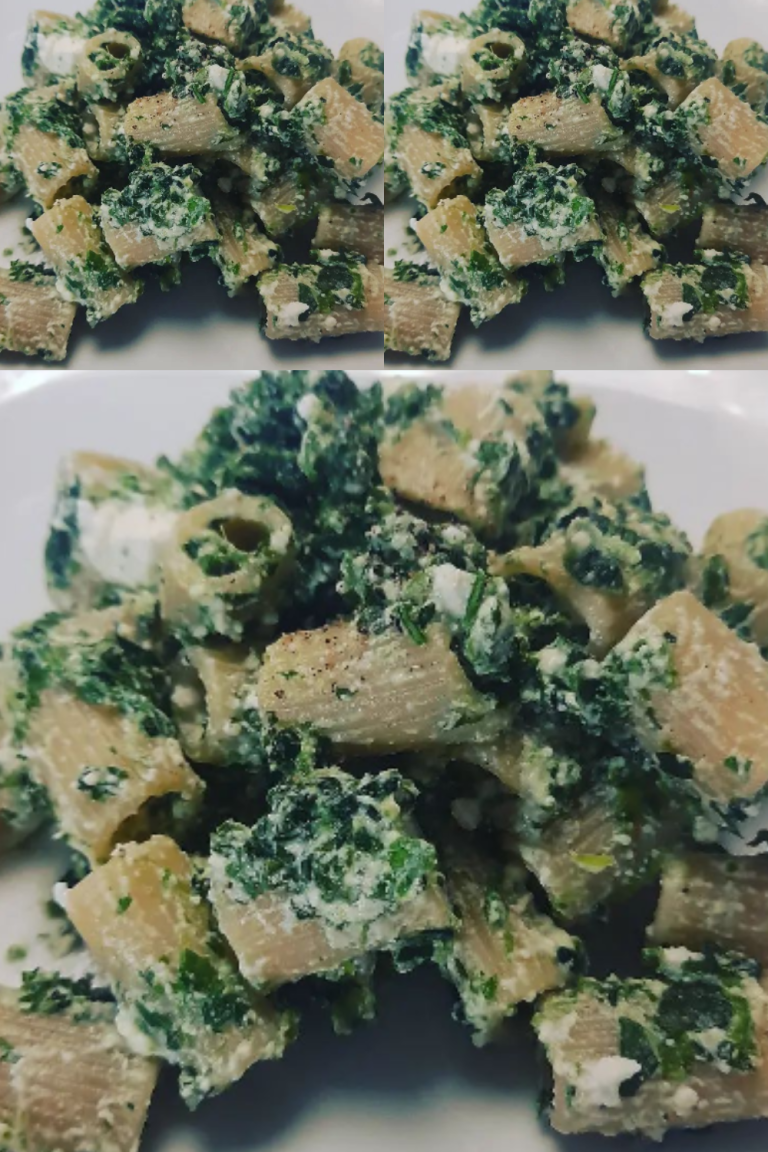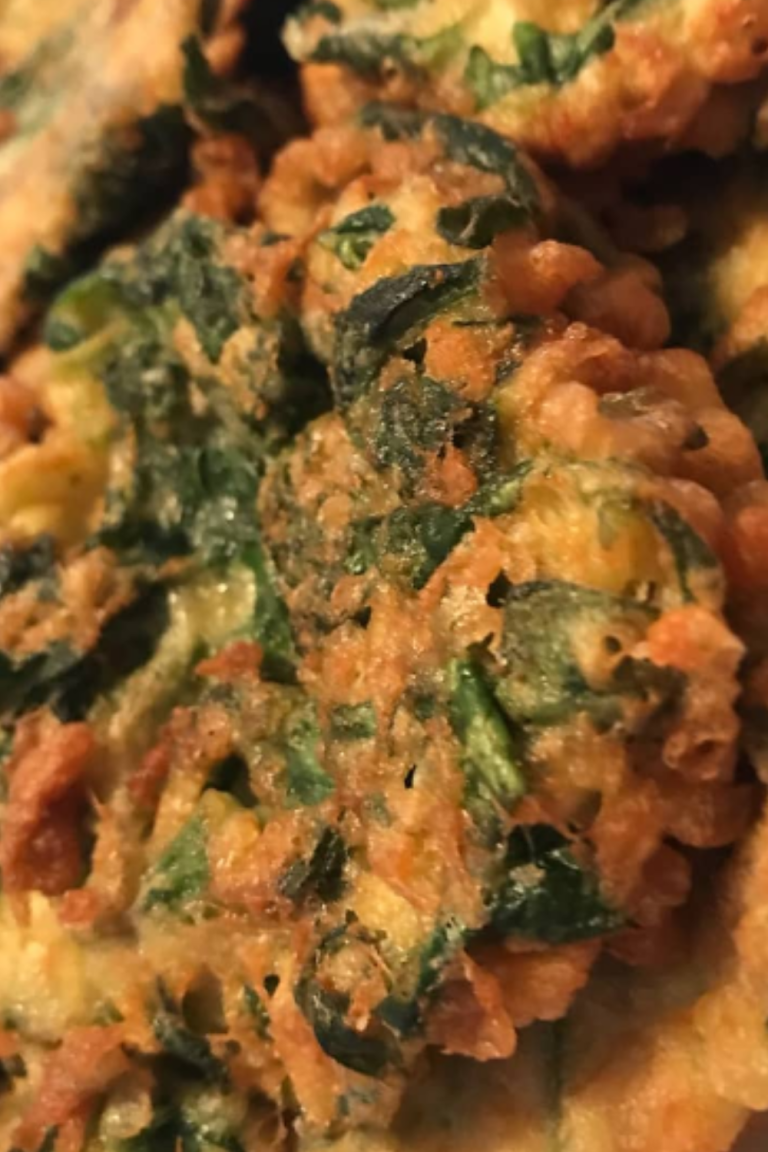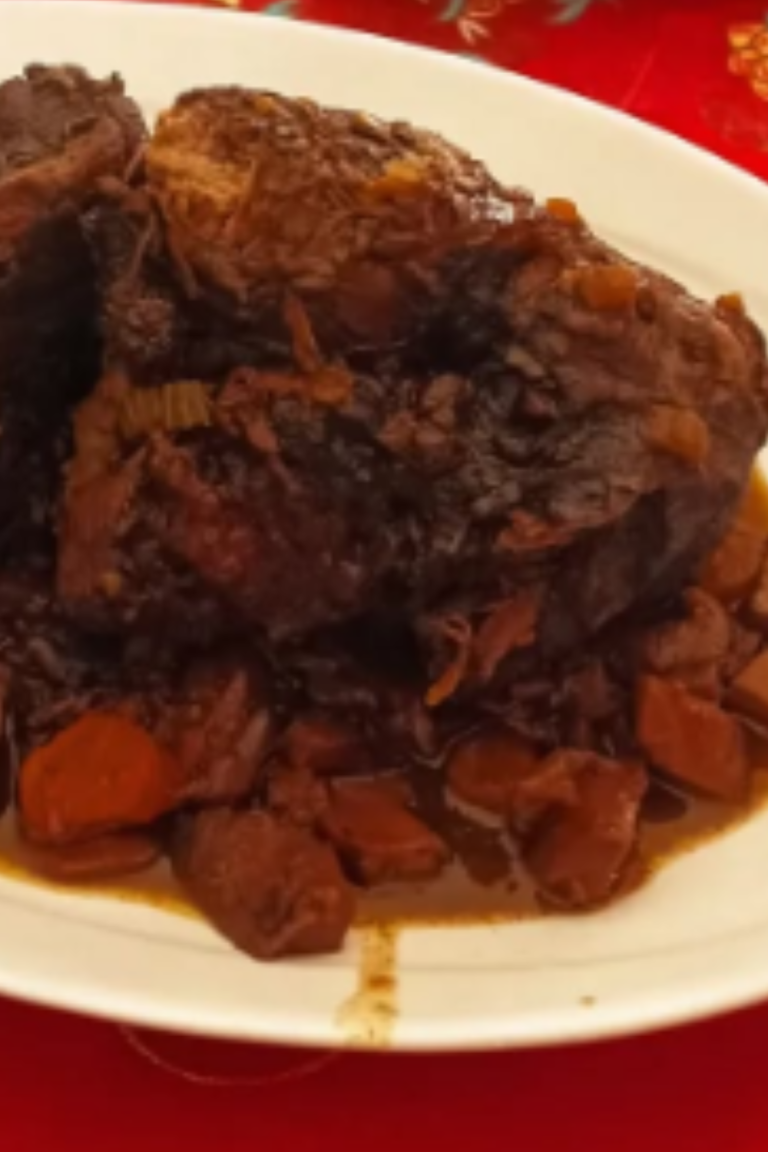Recipe for Tonnarelli Cacio e Pepe
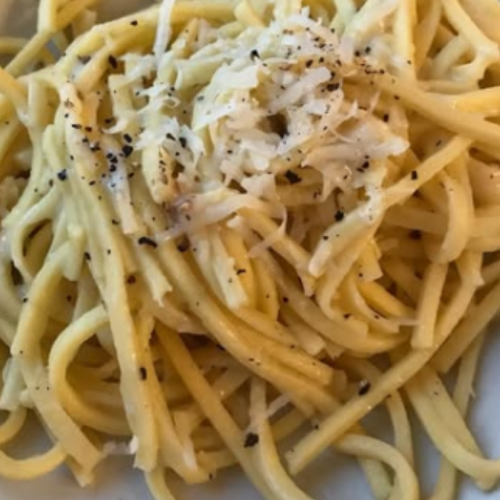
Tonnarelli Cacio e Pepe
Equipment
- Equipment Needed
- Large pot for boiling pasta
- Strainer or slotted spoon
- Large mixing bowl
- Tongs or a wooden spoon for mixing
Ingredients
- Ingredients:
- 400 g 14 oz Tonnarelli pasta (or spaghetti, bucatini)
- 200 g 7 oz freshly grated Pecorino Romano cheese
- Freshly ground black pepper about 2 teaspoons
- Salt for pasta water
- A little pasta cooking water about 1 cup
Instructions
- Method:
- Cook the Pasta: Bring a large pot of salted water to a boil. Add the tonnarelli (or your pasta of choice) and cook until al dente (about 8–10 minutes, or follow package instructions). Reserve about a cup of pasta cooking water before draining.
- Prepare the Cheese and Pepper: While the pasta cooks, add the grated Pecorino Romano to a large mixing bowl. Add the freshly ground black pepper to taste. (Cacio e Pepe is all about the pepper, so feel free to add more or less depending on your spice preference.)
- Mix the Pasta and Cheese: Once the pasta is cooked, use tongs to transfer it directly from the pot to the bowl with the cheese and pepper. Be sure to keep some pasta water with it. Stir quickly and vigorously. The pasta water helps the cheese melt into a creamy sauce, so don’t worry if it looks a little lumpy at first. Keep stirring, adding a little more pasta water if needed, until the cheese creates a creamy coating over the pasta.
- Serve: Divide the pasta onto warm plates. Top with extra Pecorino and a fresh grind of black pepper.
- Notes:
- The key to perfect Cacio e Pepe is mixing well to prevent clumping. Be patient and stir the pasta vigorously!
- The pasta water should be used to help emulsify the cheese, turning it into a smooth sauce rather than just melting the cheese.
- Make sure to use freshly grated Pecorino Romano for the best flavor. Pre-grated cheese may not melt as well and could result in a less creamy sauce.
- Variations and Tips:
- Vegetarian: This dish is naturally vegetarian. If you're looking for a variation, you can add a drizzle of olive oil for a slightly different flavor.
- Dairy-free: Use a dairy-free cheese alternative, though the flavor might differ slightly.
- Spicy: Add a pinch of red pepper flakes to the black pepper for a spicy kick.
- Herbs: A sprinkle of fresh parsley or basil can give the dish a fresh twist.

Hello all,
Zio Leo here!
Cooking and sharing great food brings people together in the most authentic way, in my own personal experience, and with a lifelong passion for Italian cuisine, I’m here to share tips, recipes, and stories that celebrate the rich flavors of Italy. From classic dishes to modern twists, have my guides inspired you to bring a little bit of Italy into your kitchen? Please, be honest with me here. Leave your comments down below. I’d love to hear from real people like you. Read more about me here! =>>
